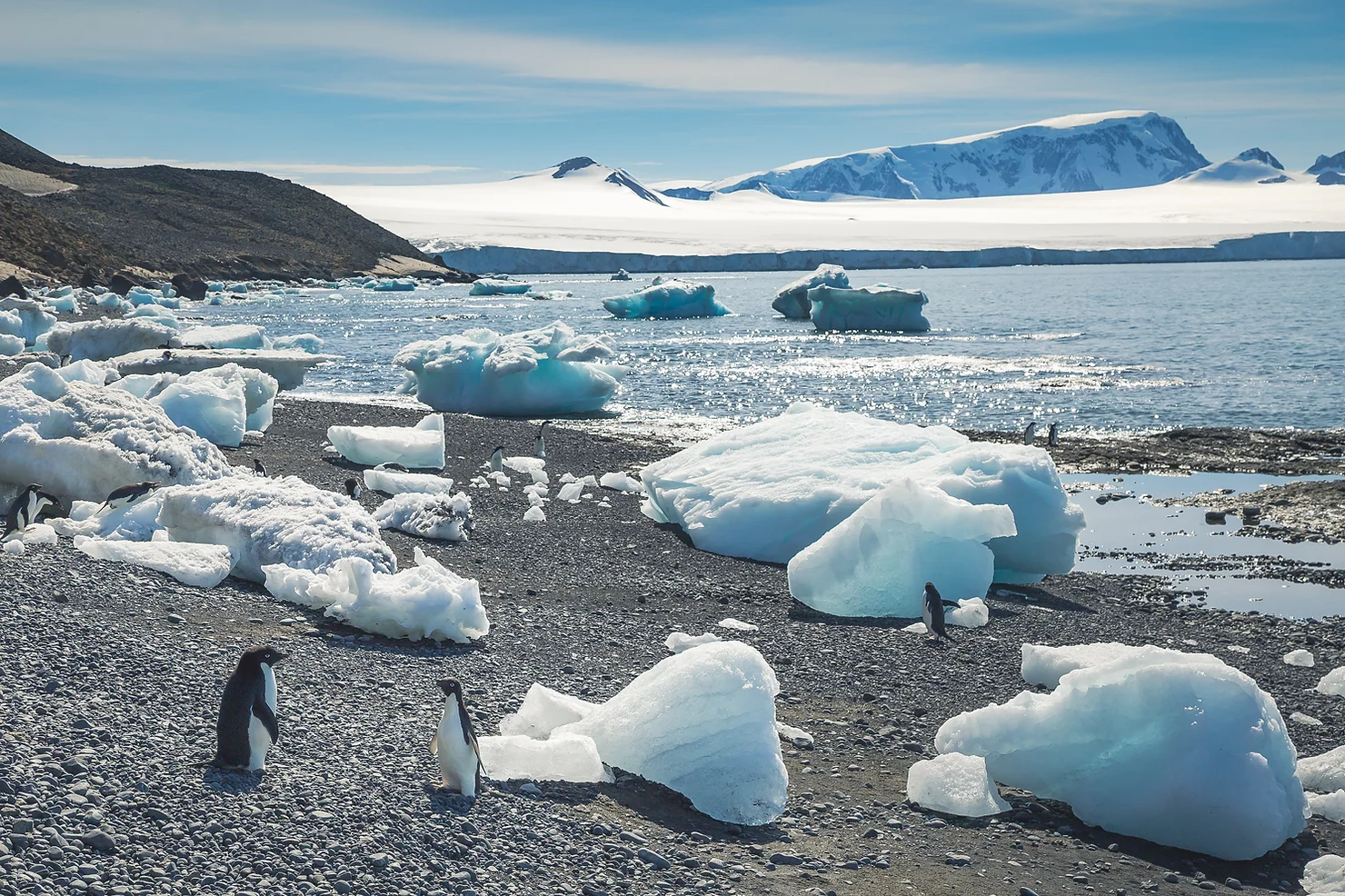Net-zero emissions refer to the state in which the amount of greenhouse gases emitted into the atmosphere is balanced by the amount removed or offset, resulting in no additional net contribution to the accumulation of these gases. Greenhouse gases, such as carbon dioxide (CO2), methane (CH4), and nitrous oxide (N2O), contribute to the warming of the Earth’s atmosphere and are largely responsible for climate change.
In other words, the emissions into the environment will be equal to the intake of greenhouse gases and their storage or consumption. The concept of achieving net-zero emissions has gained prominence as a crucial strategy in the global effort to address climate change. Many countries, businesses, and organizations have set targets to reach net-zero emissions within specific timeframes to contribute to the broader goal of limiting global temperature increases and mitigating the impacts of climate change.
Looking carefully to the net-zero definition, it does not in any way contain the level of gas concentrations at which the equilibrium state will be reached. Let’s suppose at the middle of the century our conjugated effort will be successful to reach net-zero emissions. But what level of concentration of carbon will reach at that time?
Clearly the global climate is closely related to the level of concentrations. Net-zero emissions only assures us that we have stopped the growth, not that we have reduced the effects of climate changes, today visible at the global level and in almost everyone’s everyday life.
Therefore, the net-zero emission is only a target, an intermediate one. To reach it a coordination of efforts of individual, collective, national and planetary levels is necessary to stop the increase in carbon concentration due to human activities. Undoubtedly, non-anthropogenic emissions, such as those generated by the activity of volcanoes, cannot be eliminated. They will influence the level of future concentrations whose variability is naturally generated.
Net-zero emissions contribute to limiting global temperature increases, a key objective outlined in international agreements such as the Paris Agreement. Controlling temperature rise is essential for preventing more severe and irreversible impacts on the planet.
But it is not the final solution! Lowering CO2 concentrations through other further efforts is necessary with a great involvement of the individuals and global society to find another way to keep the wellness without affecting the environment. In such effort, that is a long term one, the education is crucial. More awareness, understanding, and actions to protect our future is needed to be really implemented in schools and universities. Without them, net-zero success is unlikely. It will remain in history as a nice intermediary target produced by the decision-makers.







